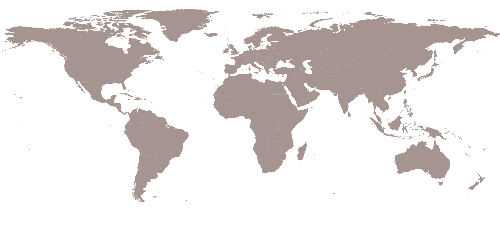A modular, incremental model for urban housing

Housing Infill is a dwelling prototype with a compact, flexible and adaptable construction model proposed for the city of Córdoba in Argentina where housing demand is constantly challenged by the scarcity and high cost of land. A modular structure for these units ensures that homes will remain suited to different users over time, providing an affordable, eco-friendly solution that lasts. The solution can be adapted for other cities, thereby solving the problem at scale.












